Stephan Schuster
For the Cars and the Curious: Android Drift
#1about 2 minutes
The vision for modern automotive software development
Modern cars are defined by safety, entertainment, and adaptability, requiring complex software for sensors, displays, and a holistic user experience.
#2about 3 minutes
Managing complexity in modern in-car HMI systems
Cars feature numerous sensors and displays for different contexts like driving and entertainment, creating a complex, heterogeneous setup that must provide a seamless user experience.
#3about 3 minutes
An overview of the automotive system architecture
The system architecture combines an Autosar platform for vehicle data with an HMI domain controller running a real-time OS for the instrument cluster and Android for infotainment.
#4about 1 minute
Understanding the difference between AAOS and Android Auto
Android Automotive OS (AAOS) is a full operating system running directly on the car's hardware, unlike Android Auto which is a projection app from a smartphone.
#5about 3 minutes
Building an infotainment system with Android Automotive OS
An AAOS build starts with the Android Open Source Project (AOSP), adds a board support package, OEM apps for customization, and can include Google Automotive Services (GAS) for a complete ecosystem.
#6about 3 minutes
A deep dive into the Android Automotive software stack
The AAOS software stack is built on a Linux kernel and includes a Hardware Abstraction Layer (HAL), the Android runtime, native libraries, and a framework layer for high-level services.
#7about 3 minutes
Understanding the three categories of AAOS applications
AAOS apps are categorized as default AOSP apps, custom OEM apps built with modern stacks like Kotlin and Compose, and third-party apps from the ecosystem.
#8about 2 minutes
Building third-party apps using the Car App Library
The Car App Library simplifies third-party development by providing a templated approach that handles driver distraction rules and different screen factors automatically.
#9about 2 minutes
Ensuring a consistent user experience with a theming engine
A theming engine provides a toolchain from design tools like Figma to the live product, using design tokens and resource overlays to customize the UI.
#10about 8 minutes
Answering questions on data, security, and development
The Q&A session covers topics such as Google's data collection, third-party app safety, CAN bus communication, development restrictions, and the permission model in AAOS.
Related jobs
Jobs that call for the skills explored in this talk.
Matching moments
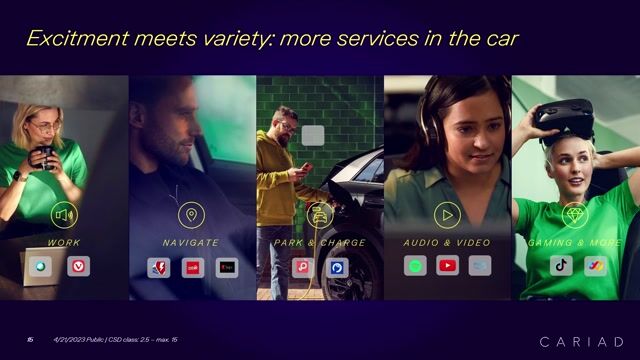
09:44 MIN
The technical architecture of Android Automotive
An inside look into the Group Application Store
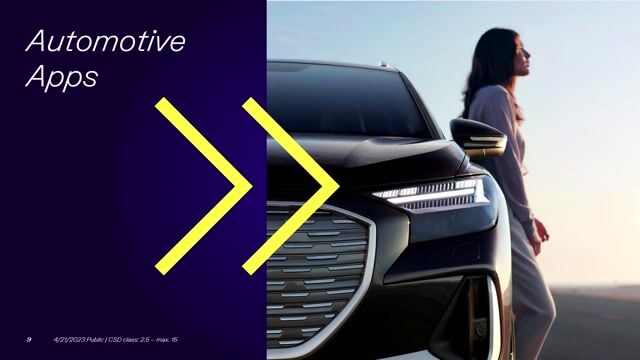
06:21 MIN
Understanding Android Automotive versus Android Auto
An inside look into the Group Application Store
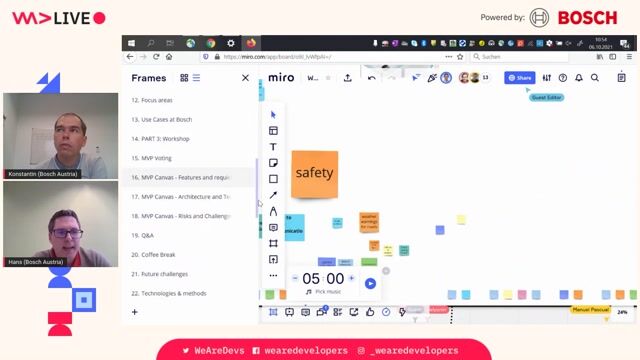
52:05 MIN
Designing the architecture and technology stack for connected cars
On developing smartphones on wheels

49:45 MIN
The automotive industry's shift to software-centric development
How to develop an autonomous car end-to-end: Robotic Drive and the mobility revolution
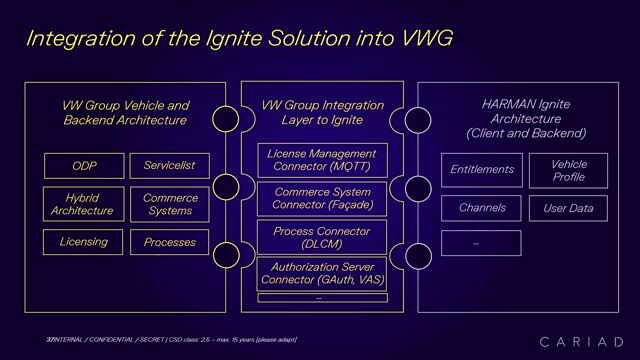
26:01 MIN
How developers can get started building automotive apps
An inside look into the Group Application Store
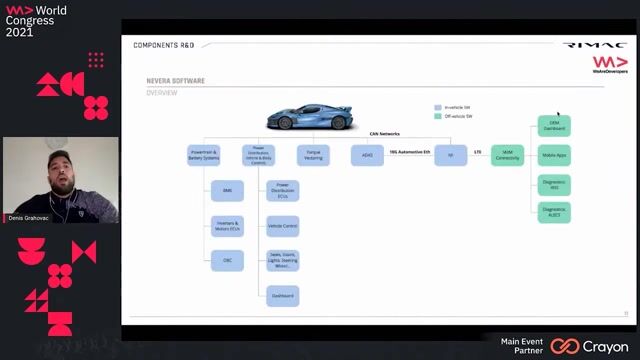
07:32 MIN
Overview of the in-vehicle and off-vehicle software stack
Software stack under and over the hood of the fastest accelerating car in the world
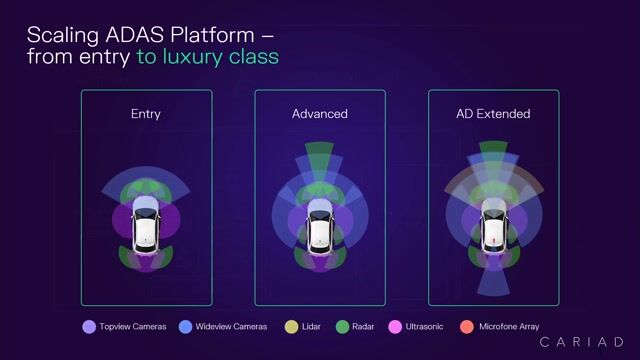
07:24 MIN
The architecture of the autonomous driving software stack
Code to Road in < 12 hours
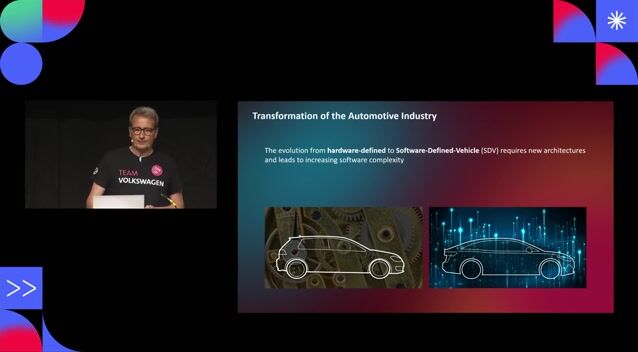
00:43 MIN
The automotive industry's shift to software-defined vehicles
Cybersecurity for Software Defined Vehicles
Featured Partners
Related Videos
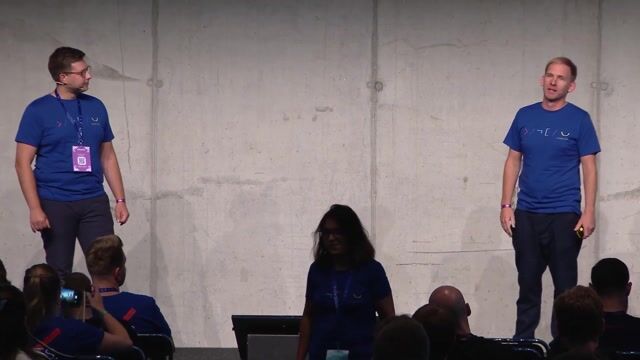 26:56
26:56An inside look into the Group Application Store
Maxim Lebold & Sven Eckoldt
 57:24
57:24Android beyond mobile: Cars, TVs, and Wearables
Fedor Tсymbal
 1:51:43
1:51:43On developing smartphones on wheels
Hans-Jürgen Eidler
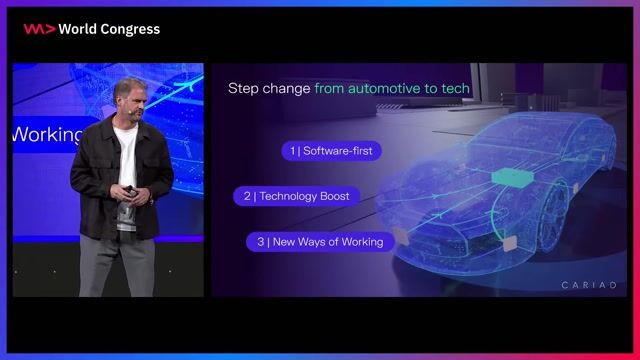 27:17
27:17Software defines the vehicle: Why customers and developers will love cars even more
Peter Bosch
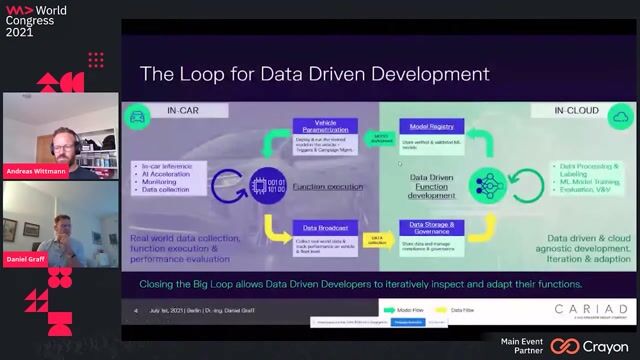 38:12
38:12Developing an AI.SDK
Daniel Graff & Andreas Wittmann
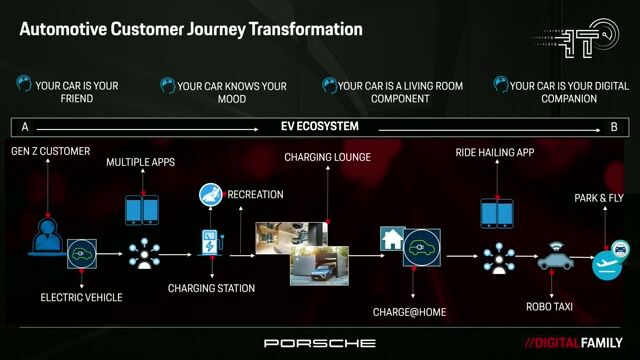 21:47
21:47Car's are Technology on Wheels - Impact of Software and IT Competence in Automotive
Rahima Yakoob
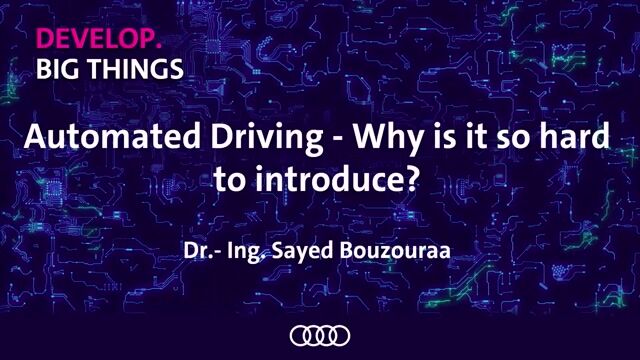 31:23
31:23Automated Driving - Why is it so hard to introduce
Sayed Bouzouraa
 18:05
18:05Software is the New Fuel, AI the New Horsepower - Pioneering New Paths at Mercedes-Benz
Katrin Lehmann & Magnus Östberg
From learning to earning
Jobs that call for the skills explored in this talk.

Software Engineer C++ / Automotive | C++, AUTOSAR, CAN, MOST, I2C, SPI, SCRUM (mwd)
Vesterling Consulting GmbH
€50-60K
C++
UML
Scrum
Software Architecture

Softwarearchitekt Connectivity/Infotainment Embedded Systems
Prognum Automotive GmbH
Remote
Software Architecture



Embedded Softwareentwickler Automotive
FERCHAU GmbH
C++
Python
Unit Testing
Project Management
Software Architecture

ADAS Architect / Remote OR Ingolstadt
Michael Page International (Deutschland) GmbH
Matlab
Automotive
Software Architecture


Embedded Softwareentwickler (m/w/d)
Arnold NextG GmbH
München, Germany
Intermediate
Embedded C
Functional safety

Android-Entwickler Automotive Infotainment (all gender)
ALTEN Consulting ServicesALTEN Consulting Services GmbH
GIT
Java
Python
Kotlin
Jenkins
+3